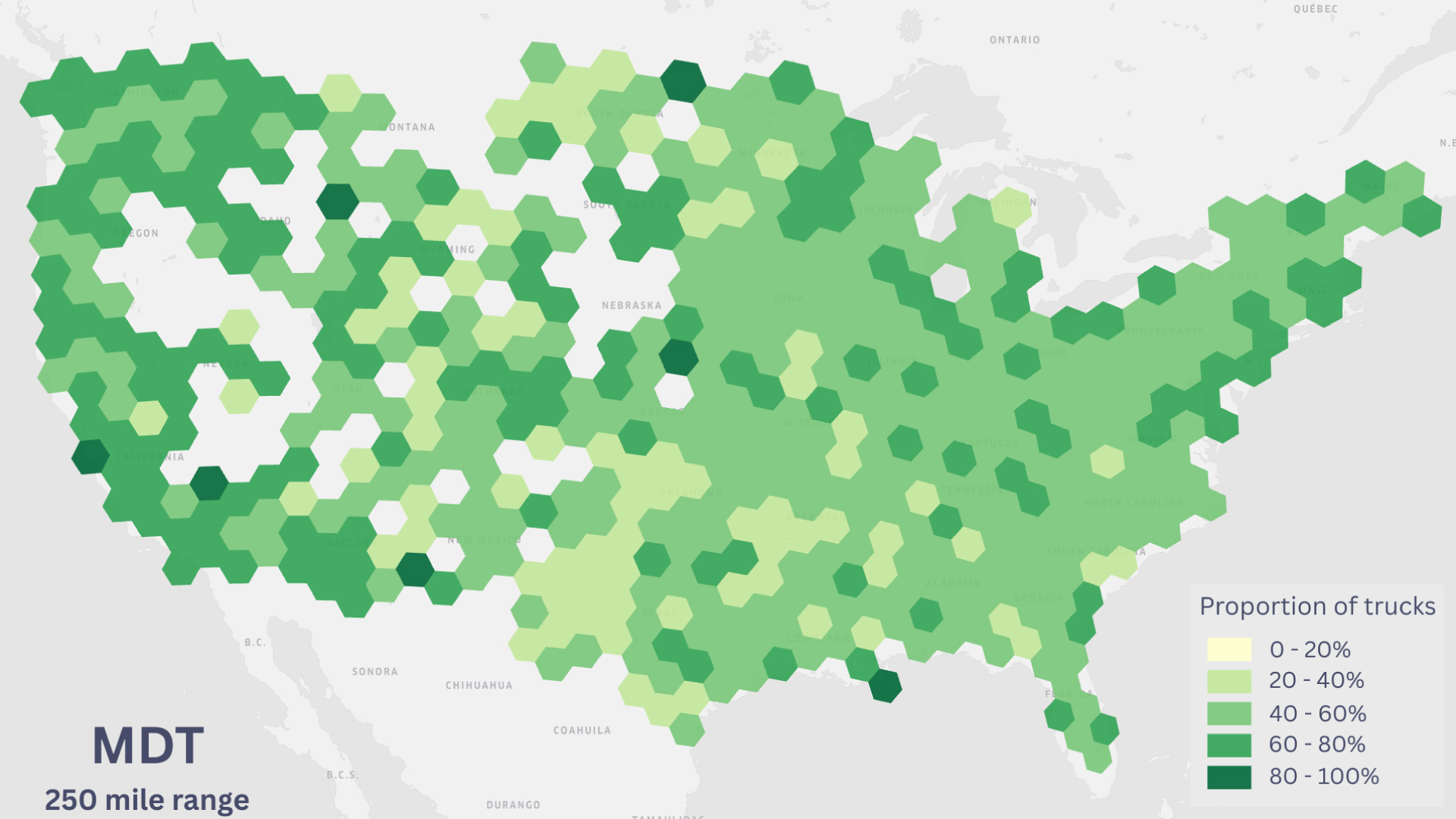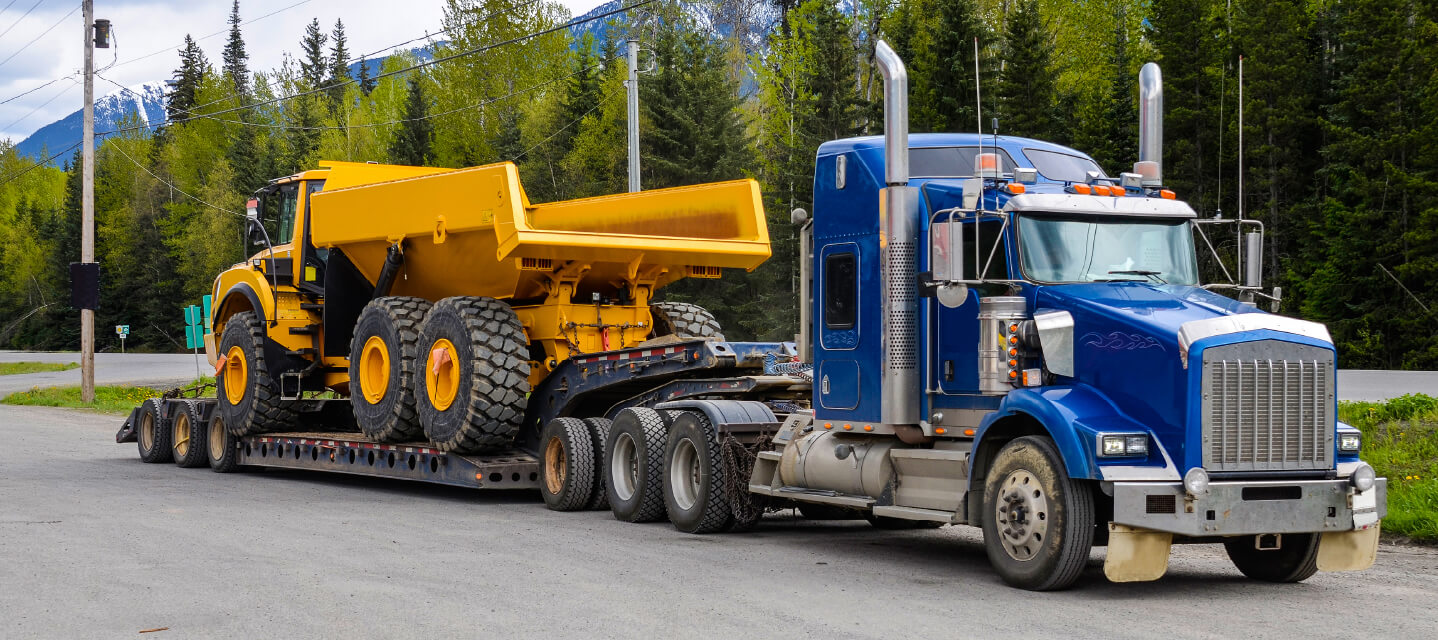Cleaner Trucks Initiative seeks to reduce NOx emissions
The Cleaner Trucks Initiative will set stronger standards for nitrogen oxide emissions and other pollutants from Heavy-Duty truck engines.

The Environmental Protection Agency (EPA) announced an Advanced Notice of Proposed Rule to help set rules of emissions reductions in Heavy-Duty trucks in the US. Through the Cleaner Trucks Initiative (CTI), the EPA is setting out to create stricter standards on nitrogen oxide (NOx) from Heavy-Duty truck engines.
Heavy-Duty vehicles still are the largest single contributor to mobile NOx emissions. According to the EPA, by 2025 Heavy-Duty vehicles will become one of the largest contributors to ozone pollution.
Progress made but there’s more to be done
The trucking industry has made great strides in cleaning up the emissions coming out of the tailpipes and stacks of trucks on the road today. But there are further areas where improvements can be made, according to the Environmental Protection Agency (EPA). They plan to focus on “low load conditions,” including times when trucks are idling, moving at slow speeds, or stuck in traffic.
Before looking at the new initiative the agency announced, a little history of air pollution measures in the U.S. will help put the issue in perspective.
Back in 1970, prompted by smog conditions choking many major cities, the Clean Air Act set standards for emissions of NOx, hydrocarbons (HC) and carbon monoxide (CO) in new vehicles. Since then, through further standards, testing, transportation programs and new technology, the EPA in partnership with government and private sector partners has helped successfully improve air quality.
- In the 10 years from 2007 to 2017, NOx emissions dropped by more than 40%.
- Lead levels in the air dropped 94% from 1980 and 1999, after lead was removed from gasoline.
The last time the EPA updated Heavy-Duty truck emissions standards was in 2001, with the Final Rule for Control of Air Pollution from New Motor Vehicles: Heavy-Duty Engine and Vehicle Standards and Highway Diesel Fuel Sulfur Control Requirements.
Emissions standards have always been focused on vehicles under load and have not looked at them when trucks are idling, or moving slowly. CTI will look at emissions reduction in the real world in all types of operations, EPA says.
On January 6, EPA Administrator Andrew Wheeler signed an Advanced Notice of Proposed Rule (ANPR) asking for pre-proposal comments on the rulemaking effort known as the Cleaner Trucks Initiative (CTI). “We will modernize Heavy-Duty truck engines, improving their efficiency and reducing their emissions, which will lead to a healthier environment,” he said when announcing the ANPR.
New standards will spur technology development
The EPA currently is researching technologies that can help reduce polluting emissions from trucks and gathering information needed “to inform a comprehensive rulemaking.”
Some things it is currently considering include the following:
- Heavy-Duty advanced engine and aftertreatment technologies — including valvetrain technologies that can help catalyst-based aftertreatment maintain effective emission control under low loads. The agency also is looking into next generation aftertreatment configurations and formulations.
- The role of Heavy-Duty gasoline engines — including strategies to accelerate light-off and keep the three-way catalyst warm to improve cold start and low-load emissions. It is also looking at material improvements to reduce the need for engine protection modes.
- Diesel aftertreatment — awareness about concerns over the durability of current emissions standards is causing EPA to look at developing a pathway for aftertreatment durability through an accelerated catalyst aging process.
- Aftertreatment cost teardown —the agency is conducting teardown studies to examine an advanced selective catalytic reduction aftertreatment system.
- Medium-Duty diesel vehicle baseline studies — EPA is following the full-vehicle testing being performed by Environment and Climate Change Canada. It is hoping that the study will be useful in setting baseline engine performance for medium-heavy engines.
- NOx sensor performance program — EPA is working on understanding the performance of today’s sensors because it believes onboard NOx sensors could potentially play a role in an updated in-use testing program.
Stakeholders in the Cleaner Trucks Initiative
The agency says it is working with a wide range of stakeholders including truck makers, suppliers, carriers, dealers, labor, state and local governments, environmental and health organizations.
Commenting on the announcement, Bill Sullivan, Executive Vice President of Advocacy for American Trucking Associations, said, “The trucking industry takes clean air seriously and has made significant strides in improving the nation’s air quality over the last 35 years. Since 1985, newly-manufactured trucks have reduced NOx emissions by over 98%, but our work is not yet done. These reductions have been possible because the EPA has worked with stakeholders — including the trucking industry — to help institute standards that are feasible, achievable and reasonable.”
The agency intends to issue a proposed rulemaking sometime this year, and the rulemaking will apply to future models.
The Truck and Engine Manufacturers Association (EMA) backs the effort to revise standards. The association represents companies including Cummins, Navistar and Daimler Trucks North America. The association said it wants “a national program with sufficient regulatory lead time, stability and certainty.”
In addition to the CTI, the industry is also working towards another set of regulations, the Phase 2 Heavy-Duty Greenhouse Gas and Fuel Efficiency Standards, which requires a reduction in CO2 emissions and fuel consumption of medium-duty trucks, starting in model year 2021.
EPA currently is seeking input from the public to help it develop new guidelines for emissions standards. Once the notice is published in the Federal Register, the public will have 30 days to provide comments.
For information on clean air initiatives in Europe, see our related blog.
Subscribe to get industry tips and insights
The Geotab Team write about company news.
Table of Contents
Subscribe to get industry tips and insights
Related posts

Beat the Heat: Easy Ways to Maximize Your EV Range This Summer
June 19, 2025
2 minute read

Charlotte Argue: Breaking down cost barriers for electric fleets
June 5, 2025
4 minute read

Fuel efficiency techniques every truckload carrier should know
May 30, 2025
3 minute read


CARB compliance made easy: 10 ways Geotab simplifies emissions reporting
May 12, 2025
1 minute read

Ultimate heavy equipment transport guide: Top tips and systems for fleets
April 21, 2025
6 minute read